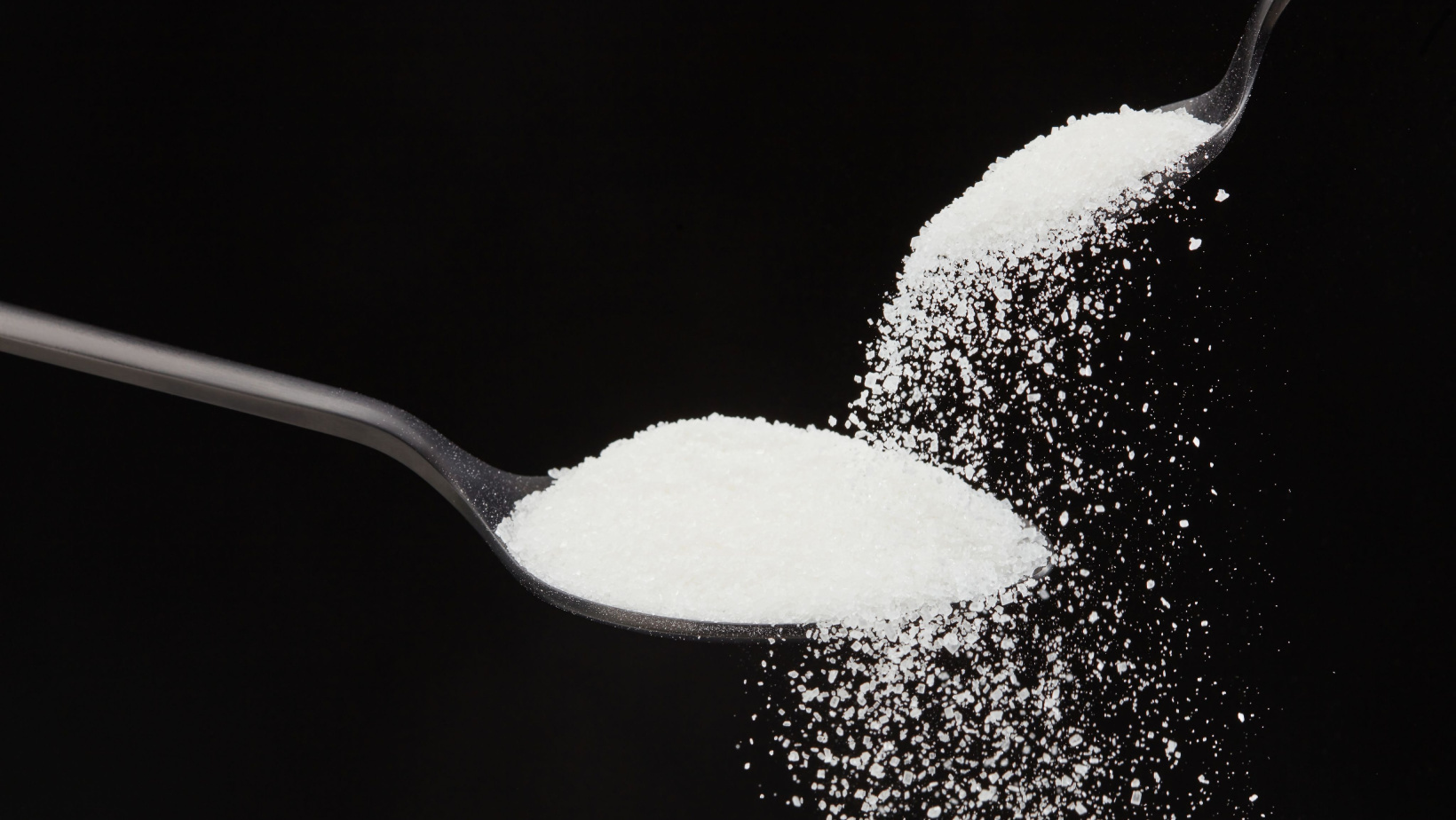The Struggle:
If you’ve looked in the back of a package and read the ingredients you have most likely seen xanthan gum. Xanthan gum is becoming more and more well known outside of food manufacturing. With xanthan gum appearing on many grocery store shelves, it begs the question; what exactly is xanthan gum? Where does xanthan gum come from? How can it be used in my everyday cooking? So let’s take a dive into xanthan gum, and see if we can demystify it.
“What is xanthan gum?”
The universal thickener
Xanthan gum is a thickener that is made through microbial fermentation. Trust me I know how that sounds, things like this can seem scary. The truth is we consume fermented items all the time. Beer, sourdough bread, pickles, vinegar all of these things are made through fermentation. Xanthan gum is no different.The bacteria in which xanthan gum is made from is most commonly found in broccoli and cauliflower. That bacteria is then taken and grown on sugars. It is then refined, dried, and turned into a powder. The name xanthan comes from the bacteria Xanthomonas Campestris. Xanthan gum is as naturally occurring as cornstarch is when it comes to thickening ingredients.
So what does xanthan gum do? Xanthan gum is a thickener as we stated before, but it has so many more uses than just thickening. A small amount of xanthan gum goes a long way. It can be used in ice cream making to help prevent ice crystallization. It can be used in gluten-free baking as a gluten replacement. In my personal favorite it can be added to an oil and vinegar salad dressing to quickly and easily emulsify it. Another great trait of xanthan gum is its thixotropic qualities. Thixotropic basically means that the liquid is thicker when stationary and more fluid when poured. So in salad dressings a xanthan thickened dressing will cling to the salad better and not all drip to the bottom of the bowl. One lesson that I learned when using xanthan gum is “less is more“. While xanthan gum is an incredible product, using too much can cause a slick mouth feel. We suggest a range between 0.1–1% when using xanthan gum. We generally don’t recommend anything over 1% as that can cause an off putting “snotty” texture.
A downfall you might find when using xanthan gum is that you often must use a blender or an immersion blender. If you attempt to whisk xanthan gum directly into a liquid nine times out of 10 it will clump. Thankfully there is a solution to this. Xanthan gum can either be dry mixed into the other dry ingredients in a recipe for easier distribution. On the other hand you can use an ingredient called Perfected Xanthan Gum. Perfected Xanthan Gum is an ingredient that can be whisked into a liquid easily. It is a one to one replacement in all recipes that currently use xanthan gum. So the next time you were looking to add xanthan gum to a recipe for all of these tips for the best results. Until next time keep cooking
Check out our WTF episode on xanthan as part of our deep dive into Emulsifiers in Dressings.


